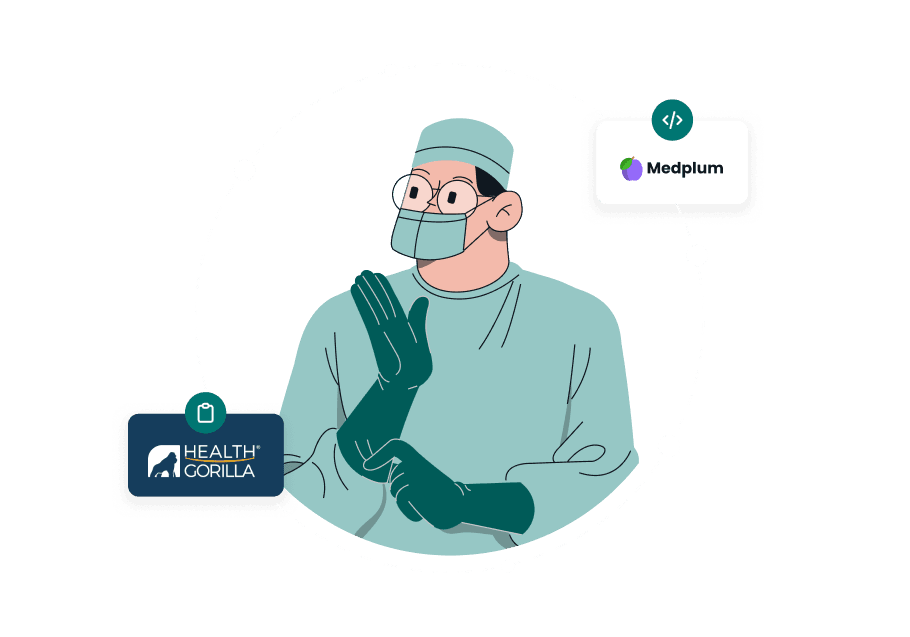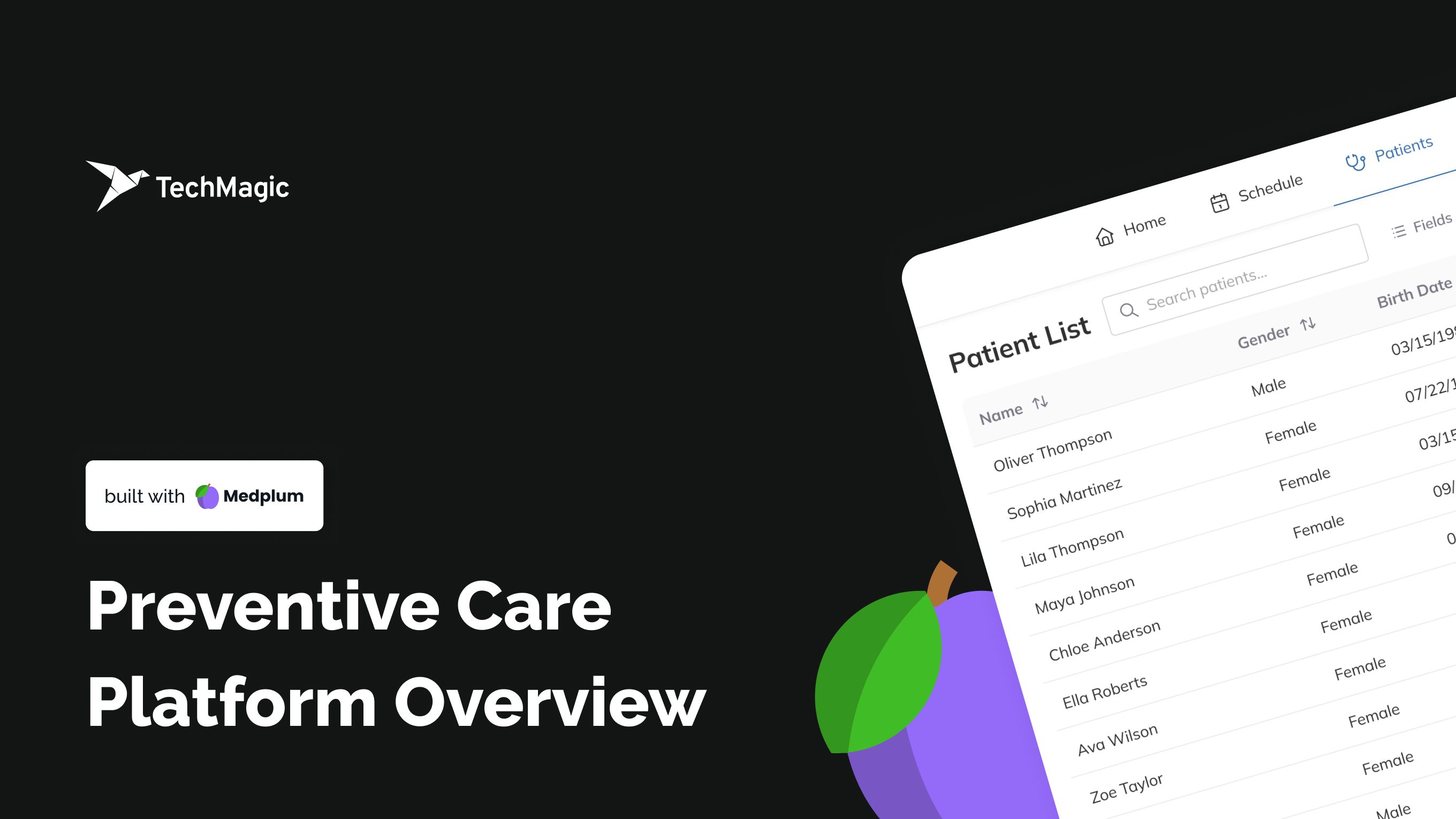
 Software Development
Software Development
 Security Services
Security Services
 Cloud Services
Cloud Services
 Other Services
Other Services
Software Development
Web Development
Building responsive web platforms
Frontend Development
Developing seamless interfaces
Backend Development
Ensuring robust server systems
MVP/PoC Development
Validating ideas with prototypes
SaaS Development
Designing scalable cloud-based solutions
Legacy Modernization
Upgrading outdated systems effectively
Digital Transformation
Innovating with advanced technology
Security Services
Cybersecurity Services
Comprehensive protection against threats
Penetration Services
Attack simulation to identify vulnerabilities
Managed Services
Proactive security management outsourcing
ISO Consulting
Achieving ISO 27001 certification standards
SOC2 Consulting
Preparing for SOC2 audit compliance
Virtual CISO
Expert cybersecurity leadership on-demand
Social Engineering
Human-based security breaches prevention
DevSecOps Services
Security integration into DevOps
SOC
Managed Security Operations Center
Application Security
Comprehensive security for your apps
HIPAA Consulting
Ensure full compliance with healthcare regulations
Vulnerability Assessment
Identify and fix security weaknesses
Cloud Services
Cloud Services
End-to-end cloud services built for scalable growth
Cloud Consulting
Strategic guidance for secure, scalable cloud adoption
Cloud Implementation
Building production-ready cloud environments for scale
Cloud Migration
Moving workloads to the cloud with minimal risk
AWS Consulting
Designing, building, and optimizing on AWS
AWS Implementation
Building production-ready AWS environments
AWS Migration
Predictable and secure transitions to AWS
Azure Consulting
Microsoft Azure solutions optimization
Google Cloud Consulting
Maximizing Google Cloud potential
Other Services
Discovery Phase
Project scope and vision defining
UI/UX Design
Creating intuitive, user-friendly designs
AI Development
Intelligent AI solutions building
Test Automation
Automated testing for accuracy
Data Engineering
Transforming data into insights
CTO-as-a-Service
Expert leadership without hiring
Salesforce Development
CRM capabilities maximization
Healthcare App Development
We create patient care and health monitoring apps, as well as complex medical management and telehealth systems, with the user's needs in mind




Hospitality Software Development
We develop digital solutions for hospitality that enhance guest experiences, optimize operations, and boost service efficiency across hospitality businesses
Financial App Development
We specialize in building secure, scalable financial apps, including trading systems and banking infrastructure, that validate business ideas in the financial sector
Marketing App Development
We develop powerful marketing apps that drive campaign management, engagement tracking, and analytics to help you achieve promotional goals
HR App Development
We build apps with rich functionality for talent and employee engagement, HR processes, payroll management, and performance tracking

A video-first hiring platform enhanced by AI tools

Micro-investment app

Platform for medical administration

Business process visualization app

AI-powered guide for Salesforce

HIPAA-compliant EMR portal

Internal audit of the Information Security Management System

Penetration tests for fintech company

Penetration test of cloud-native hospital management system
About Us
TechMagic is a full-cycle software product development company
Client Testimonials
Read what our clients say about TechMagic
FAQs
Find answers to the most commonly asked questions
Dedicated Development Team
Discover more about our custom-built teams for your project
Remote R&D Center
Find out how a remote research and development center works
Fixed Price Software Development
Explore more about scalable solutions with fixed pricing
Certifications
Explore our certifications and recognitions
M&A Vision
Discover our M&A vision and philosophy
Jobs (We are hiring!)
Discover relevant job opportunities and become a part of the TechMagic team
About career at TechMagic
Join TechMagic to grow as a professional in a supportive environment
Social Package & Benefits
Enjoy a full social package and benefits that support your well-being, growth, and work-life balance
 TechMagic Academy
TechMagic Academy
Grow with courses that will prepare you to work at TechMagic. Top students will get a chance to join our team.
White Papers
Comprehensive research and analysis of relevant topics





















